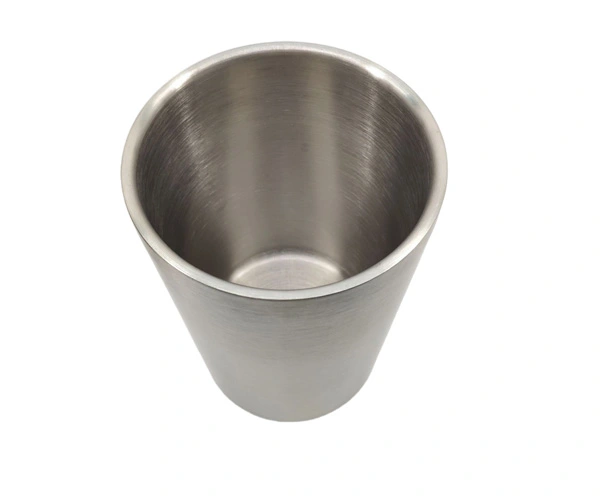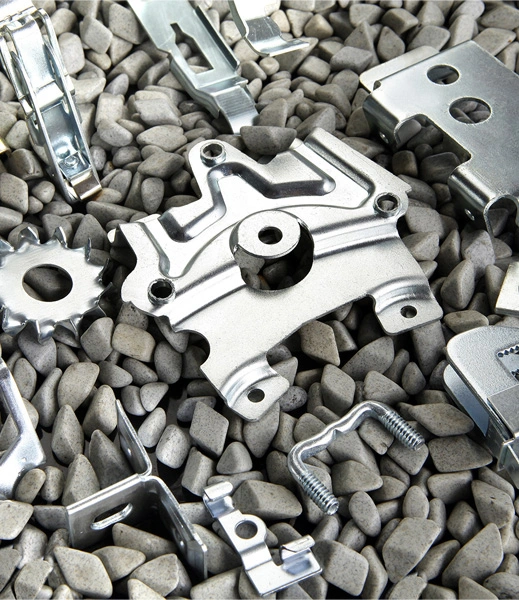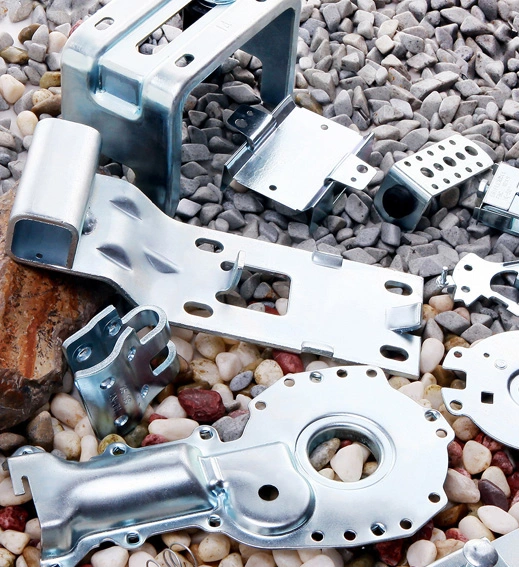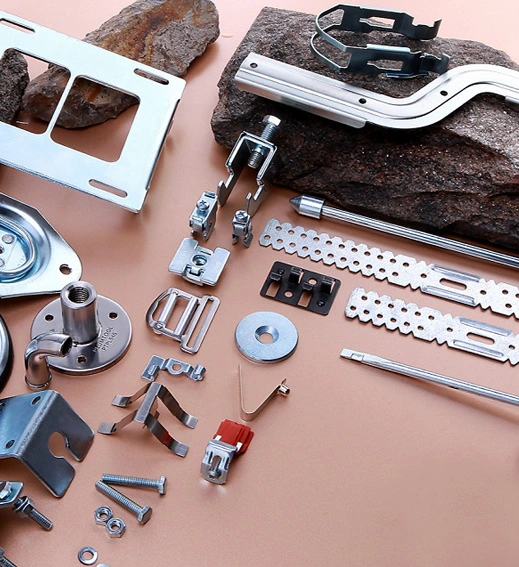

Material: stainless steel SS304 /SS316 /SS201/ carbon steel /aluminum/copper/galvanized sheet available
Thickness: 1.2mm
Tolerance: ±0.2mm
Manufacturing process: deep drawing
Surface treatment: powder coating /painting /anodization /sandblasting /zinc coating etc available
Aluminum deep drawing, shell deep drawing, housing deep drawing, stainless steel deep drawing, brass deep drawing
The stamping process of producing cup shaped parts using flat slab blanks, also known as drawing. Hollow parts with cylindrical, spherical, conical, box shaped, stepped, flanged, and other complex shapes can be made through deep drawing. By combining various processes such as deep drawing and flanging, bulging, expanding, and shrinking, more complex shaped stamped parts can be produced. The car body, fuel tank, basin, cup, and boiler head are all drawn parts. Deep drawing equipment mainly consists of mechanical presses. During the deep drawing process of cylindrical workpieces, the slab diameter is reduced from the initial diameter D0 to the cylindrical diameter of the stamped part. The magnitude of deep drawing deformation is referred to as the degree of deep drawing deformation. When the degree of deformation is significant, the deformation force required for deep drawing may be greater than the strength of the formed part sidewall, causing the workpiece to break. In order to improve the degree of deep drawing deformation and produce satisfactory workpieces, deep drawing with larger deformation is often divided into two or more forming processes, gradually reducing the diameter and increasing the height.
During deep drawing, the flat billet is subjected to the tensile force transmitted from the convex die to the side wall of the cylinder, moving from the periphery to the center, and the diameter gradually decreases. This part of the metal is compressed against each other. When the thickness of the slab is small and the degree of deep drawing deformation is large, under the action of compressive stress, the flat flange part of the cylindrical workpiece will experience instability and wrinkling. In order to prevent wrinkling and ensure the quality of the drawn parts, there is a permanent edge pressing device (edge pressing ring) in the drawing die. A simple edge pressing ring relies on springs or compressed air to press the edges of the billet. When deep drawing large parts, a double action press is often used to press the edges using the action of an external slider. When the thickness of the blank is large and the size of the parts is small, deep drawing can be carried out without the use of edge pressing devices. The force of the edge pressing ring should be selected as small as possible while ensuring that the slab does not wrinkle.
The thickness of each part of the deep drawn part varies due to different forces. Generally, the thickness of the bottom center remains unchanged. The bottom perimeter and lower part of the sidewall are subjected to tensile force, resulting in a slight decrease in thickness. The upper part of the sidewall and the flat flange are subjected to pressure, resulting in a slight increase in thickness. If the gap between the deep drawing die and the edge ring is slightly larger than the thickness of the billet, the wall thickness of the drawn part is basically equal to the initial thickness of the sheet metal. If the gap between the deep drawing die and the edge ring is less than the thickness of the billet, the side wall of the drawn part will become thinner due to the effect of the die gap, and this method is called thinning deep drawing. Thin drawing method can be used to produce parts with thick bottom, thin wall, and high height, such as deep cylindrical food cans.
The flange part of the slab has the highest deformation resistance during deep drawing. To reduce the resistance of this area, increase the degree of deformation, and improve deformation efficiency, the differential temperature deep drawing method can be used in production. The principle of differential temperature deep drawing is to heat up the deformation zone of the billet, that is, the flange part of the slab, to reduce the deformation resistance of deep drawing; to maintain normal temperature in the transmission zone, that is, the lower part and bottom of the cylinder wall, to maintain tensile strength and prevent tensile fracture. This method can reduce the number of deep drawing times, but requires high-temperature resistant molds, which are still rarely used in steel plate deep drawing. In addition, rubber, liquid, or gas can also be used to replace the convex or concave molds of rigid bodies for deep drawing of metal, that is, soft die deep drawing, which can improve the degree of deep drawing deformation and save mold costs.



